Sand and dust test chamber with wind speed in the range of 1.5-8.9m/s is a kind of equipment specially designed to simulate the environment of sand and dust, which is mainly used to test the protective performance, abrasion resistance and reliability of the products under the conditions of sand and dust and different wind speeds. These test chambers are widely used in automotive, electronics, aerospace, military and other fields to ensure the normal operation of equipment in harsh environments. The following are the detailed information about the sand and dust test chamber with wind speed 1.5-8.9m/s:
1. Function and use
- Simulation of sand and dust environment: Through the sand and dust generating device, it generates and circulates sand and dust to simulate the environmental conditions such as wind sand and dust.
- Wind speed control: It can accurately control the wind speed within the range of 1.5-8.9m/s to simulate the sand and dust environment under different wind speed conditions.
- Comprehensive test: Evaluate the protection performance, wear resistance and reliability of the product under sand and dust and different wind speed conditions.
2. Test Standards and Methods
- IEC 60529: International Electrotechnical Commission's test standard on the protection level of the enclosure, which stipulates the dustproof test methods for IP5X and IP6X.
- GB/T 2423.37: Chinese national standard, which specifies the method of sand and dust test in the environmental test of electrical and electronic products.
- ISO 12103-1: International Organization for Standardization (ISO) standard for road vehicles - Environmental conditions and tests, which specifies the method of sand and dust test.
- MIL-STD-810G: U.S. military standard specifying environmental engineering considerations and laboratory test methods, including sand and dust testing.
Introduction to the control system of sand and dust tester with wind speed 1.5-8.9m/s
The control system of sand and dust test chamber is the key part to ensure the accuracy and reliability of the test process. It is responsible for regulating and monitoring the wind speed, dust concentration, temperature, humidity and other parameters in the test chamber, as well as controlling the start, stop and pause of the test. The following are the main components and functions of the control system:
1. PLC (programmable logic controller)
- Role: As the brain of the control system, PLC receives the data from the sensors, executes the preset program, and controls the actions of each actuator.
- Functions: program storage, data processing, logic operations, input and output control, etc. 2.
2. touch screen operator interface
- Function: Provide an interface for users to interact with the control system, users can set test parameters, view real-time data and test status through the touch screen.
- Functions: parameter setting, data monitoring, alarm prompting, history record query, etc.
3. Sensor
- Wind speed sensor: real-time monitoring of wind speed in the test chamber and transmit the data to PLC.
- Dust concentration sensor: monitor the concentration of dust to ensure that the test conditions meet the requirements.
- Temperature sensor: monitor the temperature inside the test chamber and feedback to PLC for adjustment.
- Humidity sensor: monitor the humidity inside the test chamber and feedback to PLC for adjustment.
4. Execution Mechanism
- Wind speed regulator: Adjust the wind speed in the test chamber according to the instruction of PLC.
- Heater and refrigeration system: regulate the temperature inside the test chamber according to the instruction of PLC.
- Humidifier and dehumidifier: Regulate the humidity inside the test chamber according to the instruction of PLC.
- Dust supply system: control the injection and circulation of dust according to the instruction of PLC.
5. Alarm system
- Function: When the parameter in the test chamber exceeds the set range or the equipment fails, the alarm system will issue an alarm to remind the operator to take measures.
- Functions: sound and light alarm, fault diagnosis, automatic shutdown, etc.
6. Data recording and analysis
- Function: Record the data of each parameter in the process of test, which is convenient for subsequent analysis and report generation.
- Functions: real-time data storage, historical data query, data export and so on.
7. safety protection function
- Emergency stop button: In case of emergency, the operator can stop the test immediately by pressing the emergency stop button.
- Overload protection: When the equipment is overloaded, the control system will automatically cut off the power supply to prevent equipment damage.
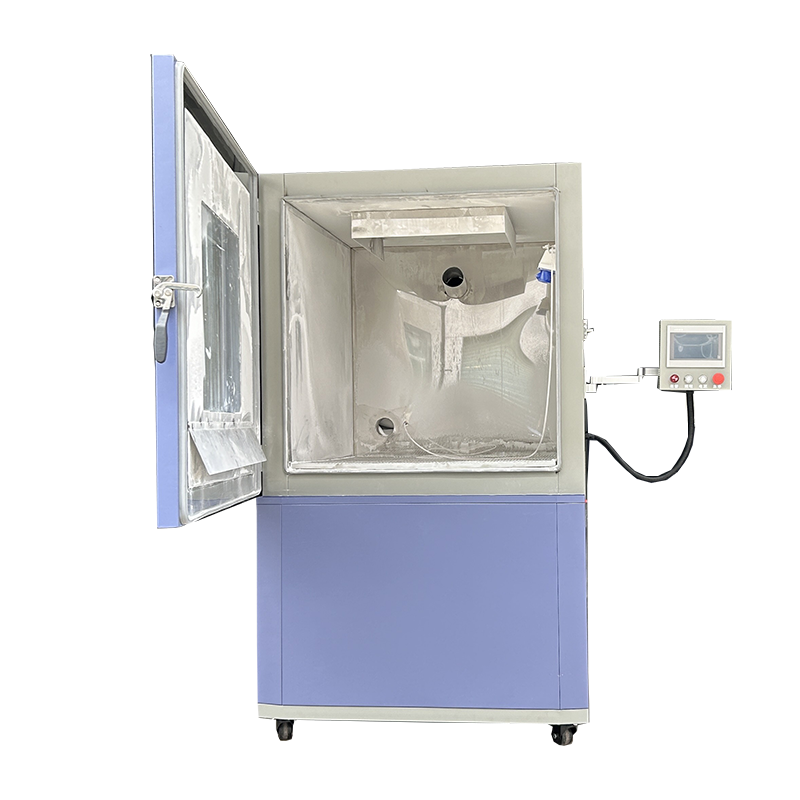




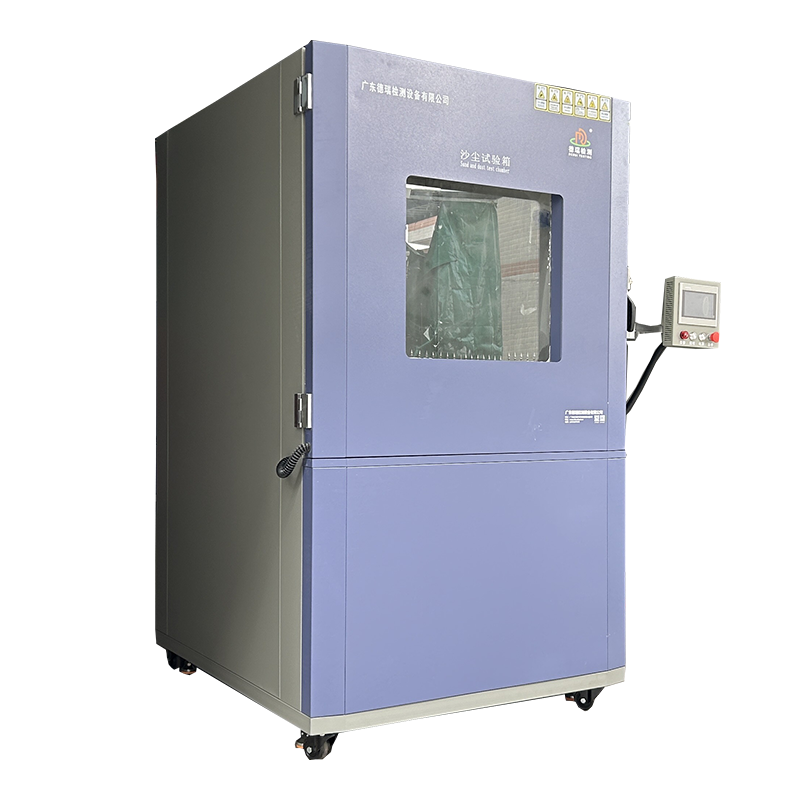
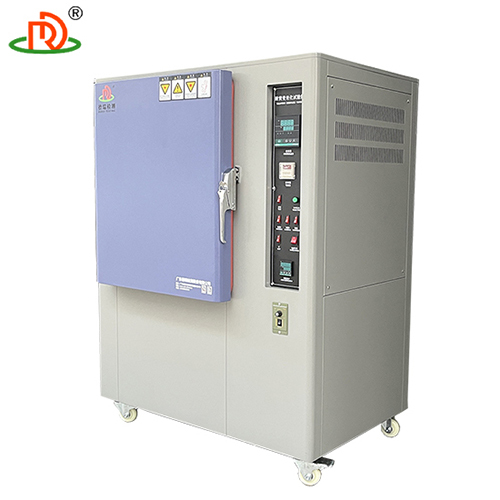
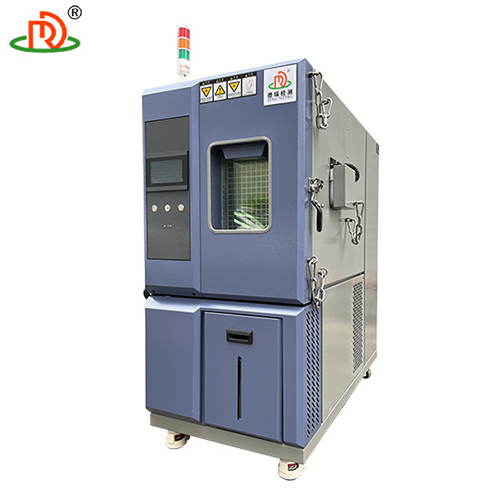
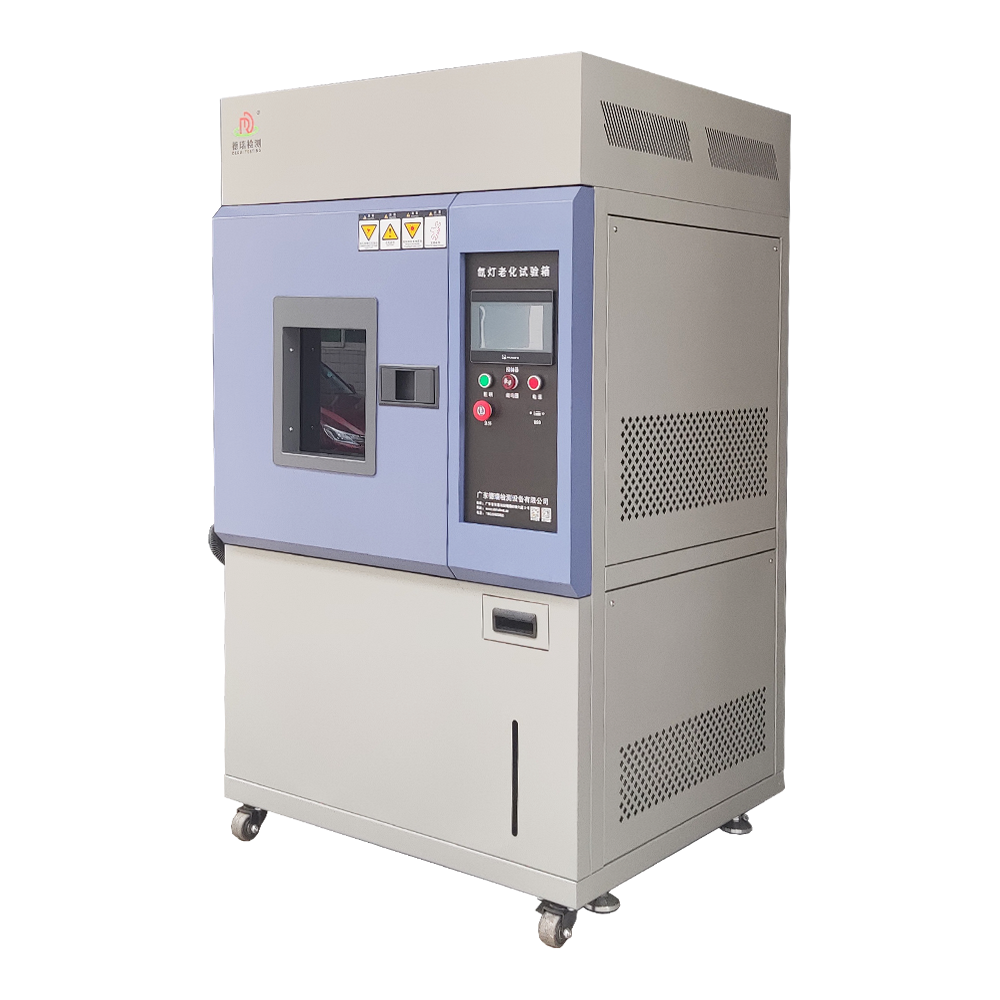

 English
English Spanish
Spanish French
French German
German Italian
Italian Chinese (Simplified)
Chinese (Simplified) Japanese
Japanese Korean
Korean Arabic
Arabic Portuguese
Portuguese